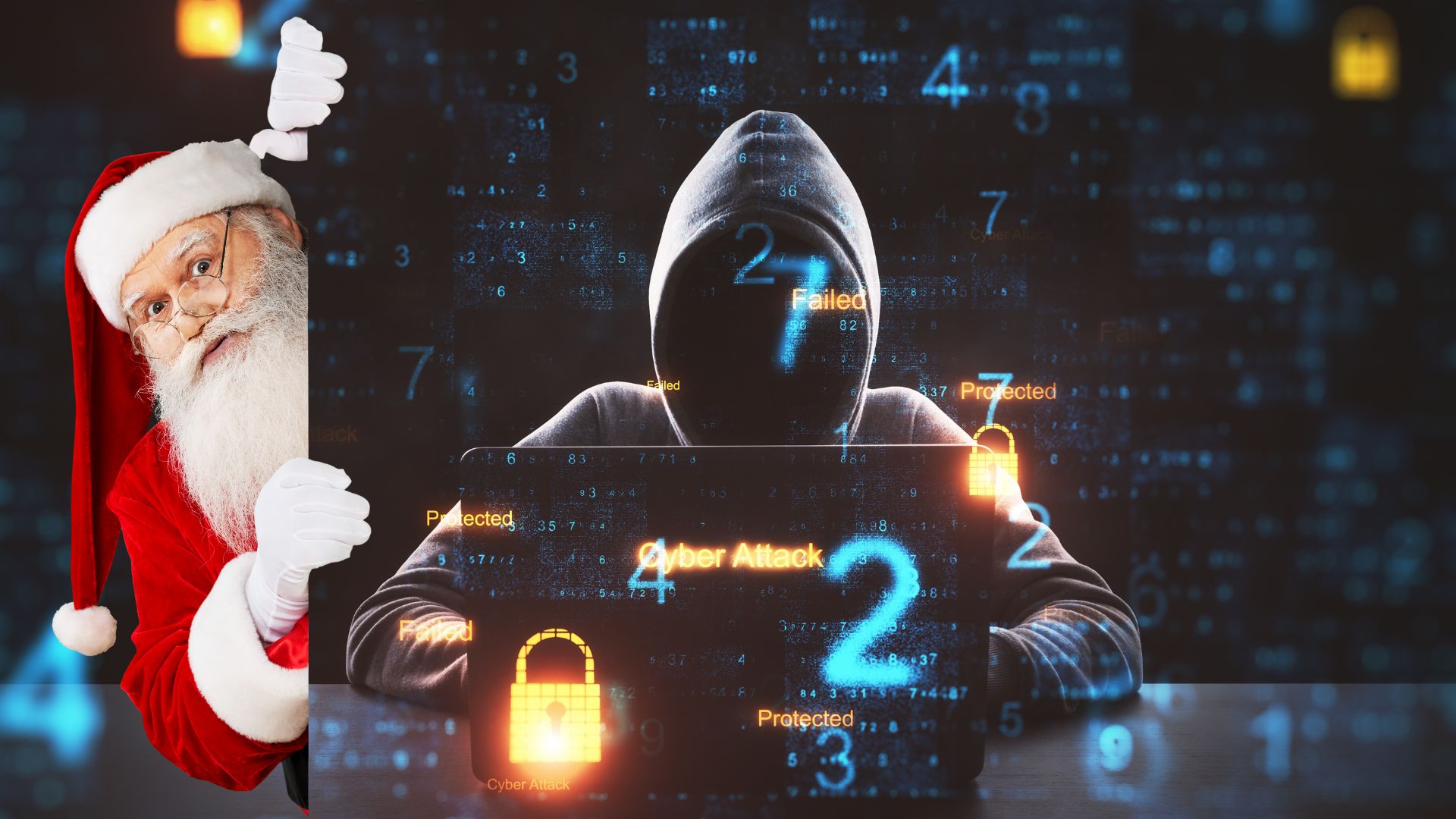

In fact, I can safely predict that those words have never been written or spoken by anyone in a business or IT. It’s more common, in the fast-paced world of digital innovation, that the unexpected and utterly unwanted twist of a hack will reshape your perspective on both modernization and cybersecurity.
A cyber-attack is a wake-up call that can jolt anyone out of complacency. It’s a harsh lesson. But instead of dwelling on the damage, you can choose to see it as an opportunity for growth and modernization. In the face of adversity, you can discover the resilience within your team and the untapped potential for improvement in your digital infrastructure.
Most organizations recognize after the initial shock of the hack and subsequent proactive response (hopefully), that the impact goes beyond the need for better cybersecurity tooling, leading us toward a reevaluation and prioritization of our overall digital modernization strategy. Our world, which is highly interconnected, and where innovation and convenience reign supreme, demands that cybersecurity must be at the forefront of everyone’s priorities and is actually an integral part of the modernization effort. It’s time to pivot from “having fun being hacked” to proactively architecting and designing for operational resilience and business continuity.
The journey towards a more secure future involves a comprehensive overhaul of our cybersecurity practices and how cybersecurity is viewed in our modernization efforts. Of course, this means that you need to invest in state-of-the-art technologies, implement robust encryption protocols, and, most importantly, foster a culture of cyber awareness among your team members. But you also need to recognize that cybersecurity is not just a technological challenge but a collective responsibility that requires planning, architecture, constant vigilance and communication. Essentially, you should enjoy creating a resilient organization that is designed for and communicative with customers, reactive to challenges and technologically modern in its’ approach to information technology. In other words, it must be architected and designed with all of these things, including cybersecurity, in mind.
It begins by understanding what it takes to become resilient. At its most basic level, operational and application resilience refers to an organization’s ability to withstand, adapt to, and recover from disruptions, ensuring continuous business operations and minimizing the impact of unforeseen events. It is not merely a matter of defense against potential threats but also a proactive approach to ensure seamless operations in the face of inevitable challenges.
Enterprise modernization requires that any digital transformation initiative have operational and application resilience as a key part of the future architecture. There are five (5) key components that are required to create a modern operational and application architecture framework that includes the ability to Identify, Protect, Detect, Respond and Recover to truly create a resilient organization.
A modern framework demands that organizations develop the understanding to manage cybersecurity risk in systems, assets, data, and capabilities. The focus is on the business and how it relates to cybersecurity risk, especially considering the resources at hand. To accomplish this, organizations should constantly strive to incorporate operational capabilities in addition to their technical capabilities into their modernization planning. These operational tactics should include penetration testing and other cybersecurity certification and validation exercises.
Modernizing with a view toward creating a resilient organization can teach many valuable lessons about the ever-evolving nature of your organization, people, cyber threats, and the importance of adaptability. Once you take the approach of embedding cybersecurity as part of your modernization approach, you can stand confident and resilient in your digital fortress, knowing that it’s fortified, and your team is better equipped to face the challenges of an increasingly connected world. Confident that your team is stronger, wiser, and more committed than ever to ensure that the fun of innovation is coupled with security within your digital landscape.
By embracing a modernization paradigm shift and becoming more resilient as an organization, you can move into a new dimension, one wherein you can enjoy a vacation, dinner with your family and friends or even celebrate Happy Holidays.



